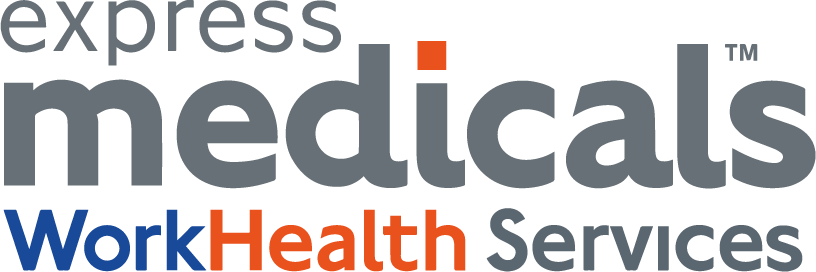Top Occupational Health Risks in the Construction Industry
The construction industry plays a vital role in shaping our cities and infrastructure. However, there are a range of occupational health risks of which companies and workers in this field must be aware. In this article, we will explore the top 5 occupational health risks in the construction industry and discuss ways to mitigate them effectively.
Falls from height
Working at heights is very common on construction sites, and with increased elevation comes increase risk from falls. Preventing these starts with proper safety equipment on site, including harnesses, guardrails, safety nets, etc. It is crucial that the safety apparatus is checked and maintained to ensure their continuing efficacy. Companies should consider suitability for working at heights when choosing personnel for sites - a Working at Heights Medical can help to eliminate health-related risk factors, and workers should receive training on fall prevention and safe climbing practices.
Musculoskeletal Disorders (MSDs)
Heavy lifting, repetitive motions and awkward postures are common for construction workers. These can all contribute to the onset of musculoskeletal disorders. As always, prevention is better than cure, so we recommend employers prioritise ergonomics, manual handling training and where possible, equipment such as lifting aids. Regular Musculoskeletal Assessments can allow employers to spot any MSDs when they first arise, before they cause significant and lasting damage.
Exposure to Hazardous Substances
Construction sites may expose workers to various hazardous substances such as asbestos, silica, lead, and chemical solvents. The Health and Safety Executive has set out clear guidance in the Control of Substances Hazardous to Health Regulations (2002). Employers must conduct thorough risk assessments to identify potential exposure and implement appropriate control measures. This may include providing personal protective equipment (PPE) like respirators and gloves, ensuring proper ventilation, and implementing strict protocols for handling and disposal of hazardous materials. Regular biological monitoring, such as skin and respiratory assessments should also be carried out as part of your Health Surveillance programme to detect any signs of exposure-related illnesses early on.
Noise-Induced Hearing Loss
Construction sites are often noisy environments with heavy machinery, power tools, and other sources of high noise levels. Prolonged exposure to such noise can lead to irreversible hearing loss. Employers should prioritize hearing conservation programs that include noise assessments, engineering controls to reduce noise levels, and providing workers with hearing protection devices such as earplugs or earmuffs. Regular audiometry assessments should be conducted to monitor workers' hearing health.
Respiratory Issues
Construction workers may be exposed to airborne hazards such as dust, fumes, and gases, which can lead to respiratory problems. Employers should provide appropriate respiratory protection based on the specific hazards present on the site. This may include respirators with filters or cartridges that match the type of contaminants. Adequate training on the use, maintenance, and storage of respiratory protective equipment is essential to ensure its effectiveness. Again, companies should consider respiratory assessments as part of their Health Surveillance programmes.
Addressing occupational health risks in the construction industry is crucial for the well-being of workers and the overall success of construction projects. By prioritizing safety measures, providing proper training, and implementing effective control measures, employers can significantly reduce the occurrence of workplace injuries and illnesses. Remember, a safe construction site is a legal requirement.
Get in touch with Express Medicals to find out more about how we can serve you in the construction industry today.
